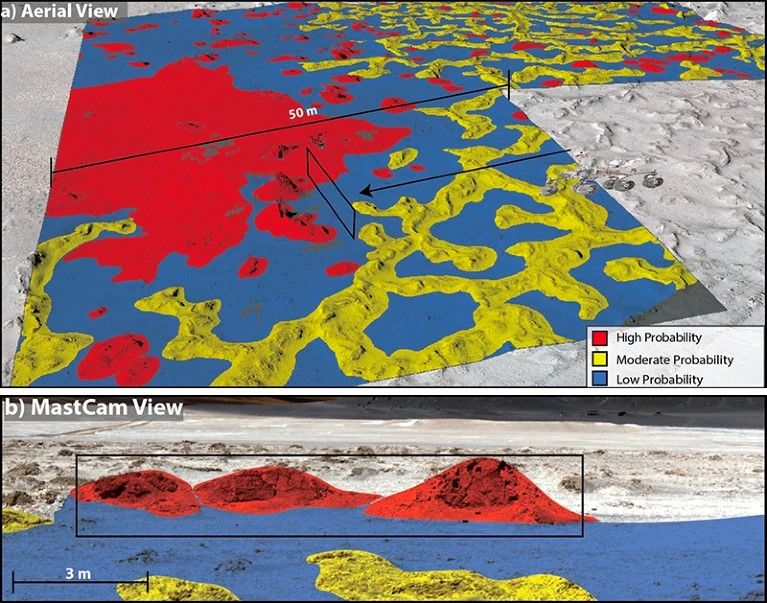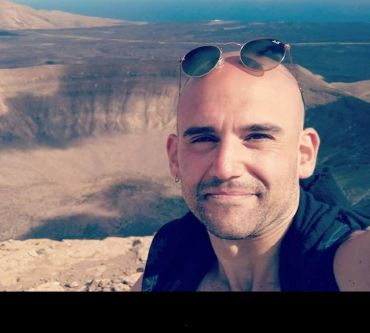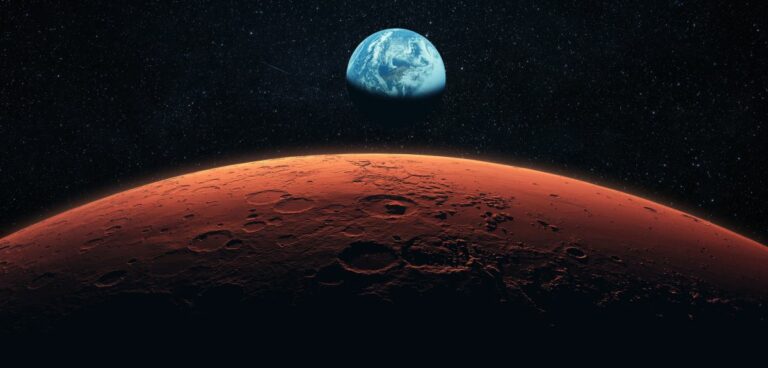A New study demonstrates the potential of artificial intelligence (AI) to facilitate the discovery of life on Mars.
According to a recently published study in Nature Astronomy, scientists from the University of Oxford have discovered that the use of artificial intelligence (AI) could hasten the quest for extraterrestrial life by identifying the most viable regions to search.
To increase the chances of finding extraterrestrial life, researchers need to target locations that have the highest likelihood of hosting life. However, collecting samples from other planets is a rare opportunity, which is why researchers are turning to artificial intelligence (AI) and machine learning to identify the most promising sites. In a recent study published in Nature Astronomy, over 50 researchers, led by Dr Kimberley Warren-Rhodes at the SETI Institute, demonstrated that AI could help identify hidden patterns in geological data that may indicate the presence of life.
The first part of the study involved an ecological survey of a 3 km² area at the boundary of the Chilean Atacama Desert and Altiplano in South America. The researchers mapped the distribution of photosynthetic microorganisms and used techniques such as gene sequencing and infrared spectroscopy to identify unique markers of life, known as ‘biosignatures.’ The team combined these data with aerial images taken by drones to train a machine learning model that could predict the types of macro- and microhabitats associated with biosignatures indicating the presence of life.
In the search for extraterrestrial life, it is crucial to identify locations that are most likely to contain it since there are limited opportunities to collect samples from Mars and other planets. To this end, a team of over 50 international researchers, led by Dr. Kimberley Warren-Rhodes from the SETI Institute, conducted an ecological survey of a 3 km² area in the Salar de Pajonales basin in South America to map the distribution of photosynthetic microorganisms and identify biosignatures. By combining the data with aerial images captured by drones, they developed a machine learning model that can predict the types of macro- and microhabitats that are associated with biosignatures indicating life.
The resulting model was capable of locating and detecting biosignatures up to 87.5% of the time, significantly reducing the search area required to find a positive result by up to 97%, compared to randomly searching. This model could be used to guide rovers exploring planets to the locations most likely to contain signs of life.
Dr. Freddie Kalaitzis from the University of Oxford led the application of machine learning methods to microhabitat data and stated that this protocol, trained on actual field data, could be generalized to other extreme life-harbouring environments. The Pajonales, a four-million-year-old lakebed, is one of the closest analogues to the Martian environment on Earth and considered inhospitable to most forms of life due to high altitude, ultraviolet radiation, hypersalinity, and low temperatures, similar to the evaporitic basins of Mars.

To conduct the ecological survey, the team gathered more than 7,700 images and 1,150 samples and used various tools to examine the presence of photosynthetic microbes in the salt domes, rocks, and alabaster crystals that constitute the basin’s surface. Biosignature markers such as carotenoid and chlorophyll pigments, which appear as orange-pink and green layers, respectively, were identified.

The drone images were merged with ground sample data and 3D topographical mapping to classify regions into four macrohabitats (measuring from metres to kilometres) and six microhabitats (measuring at the centimetre scale). Statistical analysis revealed that the microbial organisms were not distributed randomly throughout the study site but rather clustered in specific regions, despite the nearly uniform mineral composition of the Pajonales. Follow-up experiments suggested that water availability is the key factor determining the position of these biological hotspots rather than other environmental factors such as nutrient or light availability.
The researchers used the combined dataset to train convolutional neural networks to predict which macro- and microhabitats were most likely to contain biosignatures. “The model demonstrated high predictive capability for the presence of geological materials strongly likely to contain biosignatures, for both the aerial images and ground-based centimetre-scale data,” said Dr Kalaitzis. “The results aligned well with ground-truth data, with the distribution of biosignatures being strongly associated with hydrological features.”
The team of researchers plan to evaluate the model’s capacity to predict the location of diverse natural systems in the Pajonales basin that are similar but different, such as ancient stromatolite fossils. Additionally, they plan to employ the model to map other harsh ecosystems, including hot springs and permafrost soils. The results of these studies will ultimately contribute to and verify hypotheses about the methods that living organisms utilize to survive in extreme environments.
Dr Kalaitzis stated that “Our study has once again demonstrated the power of machine learning methods to accelerate scientific discovery through its ability to analyze immense volumes of different data and identify patterns that would be indiscernible to a human being.” Moreover, the team hopes that this approach will enable the creation of a database of biosignature probability and habitability algorithms, roadmaps, and models, which will serve as a guide for exploration on Mars.
The paper, entitled ‘Orbit-to-Ground Framework to Decode and Predict Biosignature Patterns in Terrestrial Analogues,’ has been published in Nature Astronomy.
The SETI Institute is a non-profit research and educational organization that is multidisciplinary in nature and seeks to comprehend, elucidate, and clarify the origins and nature of life in the universe as well as the evolution of intelligence.
Do not forget to share your opinion with us to provide you with the best posts !




0 Comments